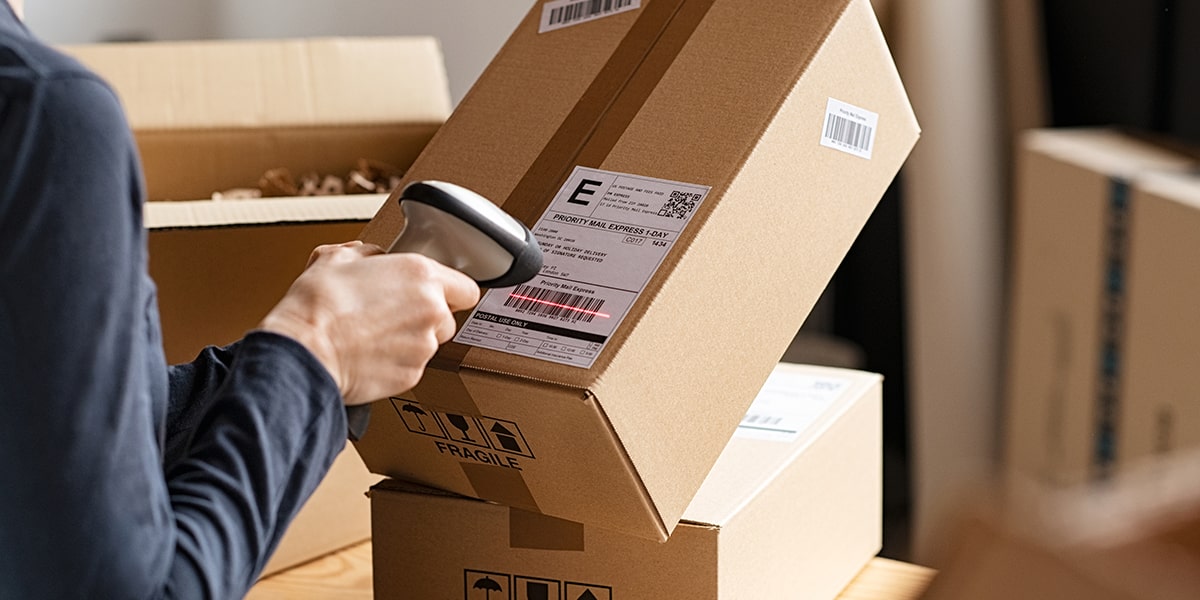Water Resistance Testing of Labels and Packaging
In today’s competitive consumer product market, ensuring that labels and packaging are water-resistant is critical. Water resistance can prevent labels from peeling off or becoming illegible after exposure to moisture, which can lead to consumer dissatisfaction and compliance issues.
Water resistance testing of labels and packaging is essential for several reasons:
- To ensure that the label remains intact during its intended use and beyond
- To comply with regulatory requirements such as FDA, ECHA, and others
- To enhance consumer trust and satisfaction
- To protect brand reputation and maintain product integrity
Our water resistance testing service caters to a wide range of industries including food & beverages, pharmaceuticals, cosmetics, electronics, and more. We use state-of-the-art equipment that simulates real-world conditions, ensuring accurate and reliable results.
For instance, in the food and beverage sector, labels must remain legible even after exposure to condensation or spills. In the pharmaceutical industry, water resistance testing is critical for ensuring compliance with stringent regulations governing drug labeling.
The testing process involves several steps:
- Sample preparation: The label or packaging material is cut into standard sizes and cleaned thoroughly.
- Immersion: The sample is immersed in water at a specified temperature for a predetermined period of time. This can vary based on the client's requirements but typically ranges from 24 to 72 hours.
- Evaluation: After immersion, the samples are inspected visually and with magnification devices to check for any signs of damage or deterioration. The test also checks if the label remains adhered to the packaging material.
Our laboratory strictly follows ISO 16092-3 as a reference standard for water resistance testing, ensuring consistency and reliability in our results.
| Test Parameters | Description |
|---|---|
| Durability | The ability of the label to withstand water exposure without losing adhesion or legibility. |
| Adhesion Strength | The force required to remove the label from its base material after water immersion. |
| Legibility | The clarity and readability of text or graphics on the label post-water exposure. |
Applied Standards
We adhere to a number of international standards that are relevant to water resistance testing. These include:
- ISO 16092-3:2015 - Determination of the resistance of printed materials and articles to water.
- EN 12358:2016 - Determination of the resistance to water of printed materials and articles.
The standards provide a framework for conducting consistent tests across different environments. For instance, ISO 16092-3 specifies the procedure for determining the resistance of printed materials and articles to water using immersion in distilled or deionized water at specified temperatures.
ASTM D4709 focuses on evaluating labels specifically by immersing them in water to assess their durability. EN 12358 provides a broader scope, covering both printed materials and articles that might be exposed to water during use or transport.
By adhering to these standards, we ensure our clients receive accurate and reliable results that are consistent with industry best practices.
Quality and Reliability Assurance
Our commitment to quality is reflected in the rigorous processes we follow. We have a team of highly skilled technicians who meticulously prepare samples, conduct tests, and analyze results. Our state-of-the-art equipment guarantees precise measurements and consistent outcomes.
We also offer additional services such as:
- Customized testing protocols to meet specific client requirements
- Post-test consultation sessions to help clients understand the implications of their test results
- Comprehensive reporting and certification of compliance with relevant standards
This ensures that our clients can make informed decisions regarding product development, quality assurance, and regulatory compliance.
In addition to water resistance testing, we also offer other related services such as:
- Label adhesion tests
- Moisture permeability analysis
- Chemical resistance assessments
These additional services complement our water resistance testing and provide a comprehensive view of the performance characteristics of labels and packaging.
Environmental and Sustainability Contributions
Incorporating sustainable practices into product development is becoming increasingly important. By ensuring that labels and packaging are water-resistant, we contribute to reducing waste and enhancing the overall environmental impact of consumer products.
- Reduced Waste: Water-resistant labels prevent premature peeling and degradation, leading to longer-lasting products.
- Sustainable Materials: By using water-resistant materials that are also recyclable or biodegradable, we promote a more sustainable supply chain.
- Energy Efficiency: Water resistance can reduce the need for additional processing steps such as re-labeling or replacement after damage, which in turn leads to lower energy consumption.
We work closely with our clients to integrate these principles into their product development processes. Our services are designed not only to meet current regulatory requirements but also to anticipate future trends and expectations in sustainability.





